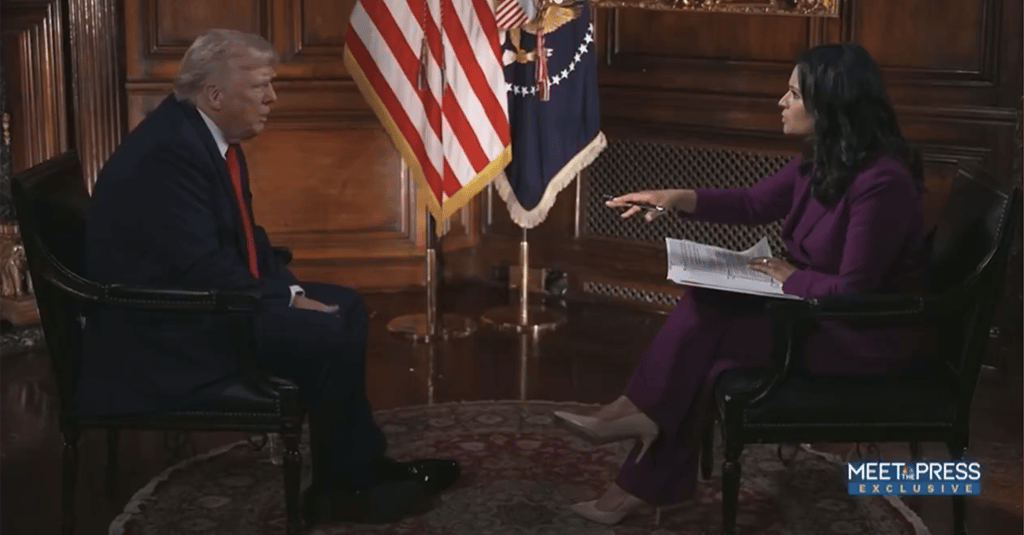Trump’s Tariff Misstep: Who Really Pays the Price?
5/4/20254 min read


Trump’s Tariff Misstep: Who Really Pays the Price?
A Deep Dive into the Economic Impact of Tariffs for Boncopia Readers
Tariffs have been a hot topic in 2025, especially with President Trump doubling down on his trade policies. In a recent statement, Trump claimed, “The country eats the tariff, the company eats the tariff, and it’s not passed along at all… China is eating the tariffs.” This bold assertion, made during a cabinet meeting on May 4, 2025, has sparked fierce debate. But what does the data say? Who really bears the burden of these tariffs, who gets hurt the most, and who might actually benefit? Let’s break it down for Boncopia readers in a way that’s clear, engaging, and grounded in facts.
The Truth About Tariffs: Who Pays?
Trump’s claim that China “eats the tariffs” doesn’t hold up under scrutiny. Tariffs are taxes imposed on imported goods, paid by the importing companies—in this case, American businesses. A 2019 study by the Federal Reserve Bank of New York found that U.S. importers and consumers bore nearly the full cost of tariffs on Chinese goods, paying an additional $3 billion monthly in taxes. This often translates to higher prices for consumers. For example, during Trump’s first-term tariffs, prices for washing machines spiked by up to 12%, according to the Peterson Institute for International Economics.
Recent data reinforces this. With Trump’s 2025 tariffs on Chinese imports now at a staggering 145%, U.S. companies like Walmart and Deere have already signaled price hikes to offset costs. A graph shared on X by user @nikosunity illustrates this perfectly: after Trump-era tariffs were implemented in 2018, the cost of goods under tariffs rose significantly, while non-tariffed goods remained stable. The reality is clear—American consumers, not China, are “eating” the tariffs through higher prices.
Who Gets Hurt the Most?
The ripple effects of these tariffs hit certain groups harder than others:
Consumers: Everyday Americans feel the pinch as prices for goods like electronics, clothing, and toys climb. The Tax Foundation estimates Trump’s tariffs amount to an average tax increase of $1,300 per U.S. household in 2025. Trump’s own comments about children having “three or four dolls instead of 30” due to price increases highlight this impact, though his framing downplays the broader economic strain.
Retailers and Importers: Companies like McDonald’s and Harley-Davidson are already reporting lackluster earnings in 2025, citing reduced consumer spending amid tariff-driven price hikes, per Reuters. Smaller businesses, unable to absorb these costs, face even greater challenges, with some pulling forecasts due to uncertainty.
The U.S. Economy: The broader economic fallout is significant. NPR reports the U.S. economy contracted by 0.3% in Q1 2025, partly due to Trump’s tariffs. Consumer confidence has plummeted to its lowest since the COVID-19 pandemic, with fears of a looming recession growing. The International Monetary Fund slashed its 2025 U.S. growth forecast to 1.8%, down from 2.7%, citing tariff-related uncertainty.
Who Benefits?
While the costs are widespread, some sectors do see gains:
Domestic Manufacturers: Companies like Excel Dryer, a U.S.-based hand dryer manufacturer, are thriving. The Washington Post notes that Trump’s tariffs have made foreign goods more expensive, giving domestic producers a competitive edge. Excel’s COO, William Gagnon, credits tariffs with enabling an all-domestic supply chain, insulating the company from global trade disruptions.
Government Revenue: Tariffs generate significant tax revenue. The Tax Foundation estimates Trump’s tariffs will raise $2.1 trillion over the next decade, though this comes at the cost of a 1% reduction in U.S. GDP when factoring in foreign retaliation.
Certain Industries: Some U.S. manufacturers, like Michigan mold maker Tom Barr, are seeing renewed interest from companies like Ford, who are exploring domestic options to avoid tariff costs. However, Barr notes that tariffs could be more targeted to avoid dragging down the broader economy.
The Bigger Picture: A Trade War’s Toll
Trump’s tariffs have escalated into a full-blown trade war, with China retaliating with 125% tariffs on U.S. goods. Trade between the two nations is slowing sharply—Flexport reports a 60% drop in U.S.-China ocean container bookings in 2025. This isn’t just a bilateral issue; the IMF warns that global growth will fall to 2.8% in 2025, down from 3.3%, with the U.S. bearing the brunt of the downturn.
Trump’s narrative of tariffs as a win for America oversimplifies a complex issue. While some domestic industries benefit, the costs to consumers, retailers, and the economy are steep. His claim that tariffs aren’t passed on to consumers ignores the evidence, and his policies risk long-term economic damage, including potential layoffs and a recession.
What’s Next for U.S. Trade Policy?
As trade talks loom, China has signaled openness but demands the U.S. cancel its tariffs first, according to NPR. Trump has hinted at lowering tariffs “at some point” to facilitate business, but no timeline exists. For now, American consumers and businesses are left navigating the uncertainty, while domestic manufacturers seize a rare opportunity.
Let’s Discuss: What Do You Think?
Tariffs are a divisive issue, and their impacts are far-reaching. Here are a few questions to spark your thoughts:
Do you think the short-term benefits for domestic manufacturers outweigh the broader economic costs of tariffs?
How have tariff-driven price increases affected your shopping habits in 2025?
Should the U.S. prioritize trade negotiations over tariffs, or is a hardline approach the way to go?
Share your thoughts in the comments—we’d love to hear from the Boncopia community!
hello@boncopia.com
+13286036419
© 2025. All rights reserved.